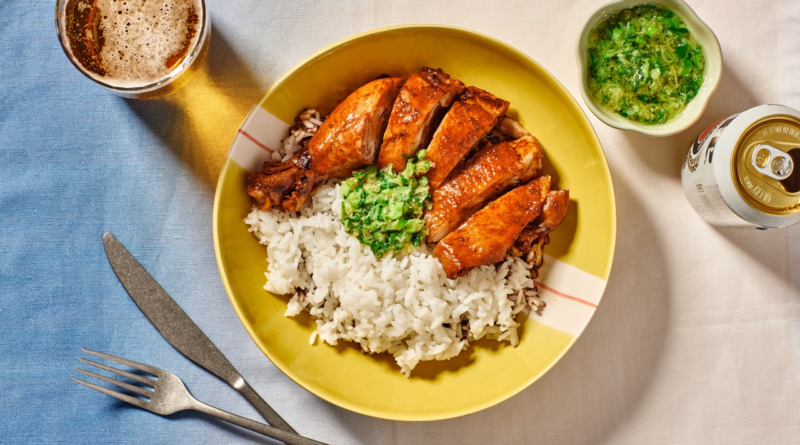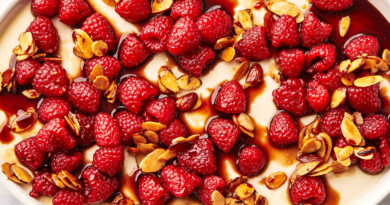Soy-Braised Chicken Legs
Despite being a staple at Cantonese barbecue restaurants, soy sauce chicken isn’t barbecued. Rather, it’s braised whole, in a fragrant stock of soy sauce and aromatics until gently cooked through, after which it’s rested, chopped, and served with ginger-scallion sauce.
Though I use the word braise here, the Western convention of braising does not exactly describe the cooking method used on these whole chickens. For one, the birds are cooked at a relatively low temperature; in most restaurants, after the braising liquid is brought to a boil, the chickens are added with the heat off. This brings us to one translation of “soak.” But perhaps a more culturally faithful word would be lu in Mandarin, which describes the technique of gently poaching a wide variety of ingredients from meats to tofu in a master stock like the one for soy sauce chicken, called lushui. The defining characteristic of the master stock: The poaching liquid is deliberately reused for multiple cooks such that the poached ingredients contribute to the complexity of the stock itself, leading to accumulative, richer, deeper flavor. Some Chinese restaurants boast master stocks that are decades, even hundreds of years old.
Most homes don’t have the luxury or the storage space required for such a master stock, or even a stock pot large enough to fit an entire chicken, so this recipe translates a similar flavor to a more approachable scope: the chicken leg. Though there is a loss in the ceremony of cooking a whole bird, cooking a chicken leg is also simpler in timing, as chicken legs need to cook to a higher internal temperature. To speed up the cooking further, deep incisions are made on both sides of the leg bone and across the joint until about halfway to expose the center of the flesh to the braising liquid.
After a dry brine, boiling water is poured over the chicken legs in a sink. This tightens up the skin, preventing it from tearing as it braises, in a similar method to a quick blanch without the pomp and circumstance of bringing out a new pot. The chicken is then cooked gently in a simple stock of sautéed aromatics, soy sauce, and rose wine. Another key here is mushroom dark soy sauce, which has a higher molasses content and produces a shinier, glossier skin.
And of course, remember that the master stock is the gift that keeps on giving. After cooled and strained, the poaching liquid—the lushui—can be reused for other ingredients or more chicken.




